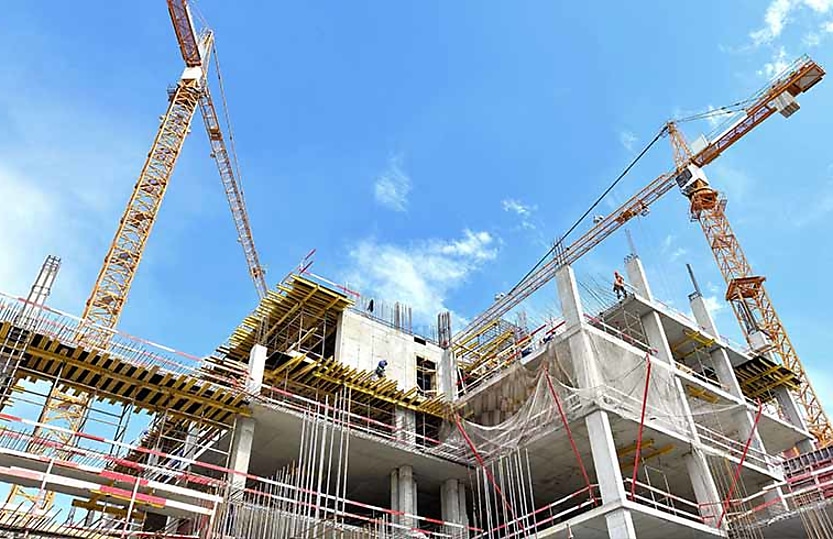Urgent reform needed as construction slump deepens, says Master Builders

The building association is calling for action from the government with the construction industry currently the weakest link in the economy.
Construction industry output suffered a sharp 2.6 per cent decline in the first three months of the year, according to figures released by the Australian Bureau of Statistics this week.
Master Builders said the decrease was driven by a 2.3 per cent fall in construction services, a 3.1 per cent fall in building construction and a 2.6 per cent fall in heavy and civil engineering construction.
Overall, GDP scraped the smallest gain of 0.1 per cent – the worst outcome in almost two years.
Master Builders Australia chief executive Denita Wawn said when there is stronger investment in the building and construction industry, this also strengthens the economy.
“We know for every dollar invested in the industry sees three dollars returned to the broader economy,” said Wawn.
“In 2023, construction was one of the main drivers of economic growth, but today’s sobering figures reflect a continuous decline in building approvals across all sectors of the industry.”
Wawn said these decline in output comes at a time when increasing the supply of housing is needed for reducing inflation in the rental market.
“The drastic lengthening in build times for new homes and an increase of costs by 40 per cent since pre-COVID is making it extremely difficult to get projects off the ground,” she said.
“We can’t keep turning a blind eye to the crucial role of productivity in growing our economy and combating inflation.”
Wawn said the association would like to see the federal, state and territory governments make a move on speeding up planning reforms, finalising the migration review, introducing new incentives to grow the workforce and introducing an industry regulator with real teeth.
“If we are going to undo decades of under-building and resolve this housing crisis, we need to change the economic environment to encourage investment across all sectors: residential, civil and commercial construction,” she said.
The association has broadly welcomed the government’s build-to-rent reforms introduced by this week, which will encourage investment in build-to-rent which will play a role in bringing down rental inflation.
“Master Builders is still working through the details of the legislation but supports the principle of diversifying the housing supply mix in our economy,” Wawn said.
The build-to-rent reforms introduce new tax incentives for build‑to‑rent projects that consist of 50 or more apartments or dwellings and are made available for rent to the general public.
The dwellings must be retained under single ownership for at least 15 years and a minimum of 10 per cent of dwellings in a development need to be made available as affordable tenancies.
Assistant Treasurer Stephen Jones said for eligible new build-to-rent developments, the final withholding tax rate on eligible fund payments from managed investment trust (MIT) investments will be reduced from 30 per cent to 15 per cent.
“The depreciation rate for capital works in eligible build-to-rent developments will also be increased from 2.5 per cent to four per cent per annum. This will cut the depreciation period from 40 years to 25 years for eligible developments,” he said.
About the author

